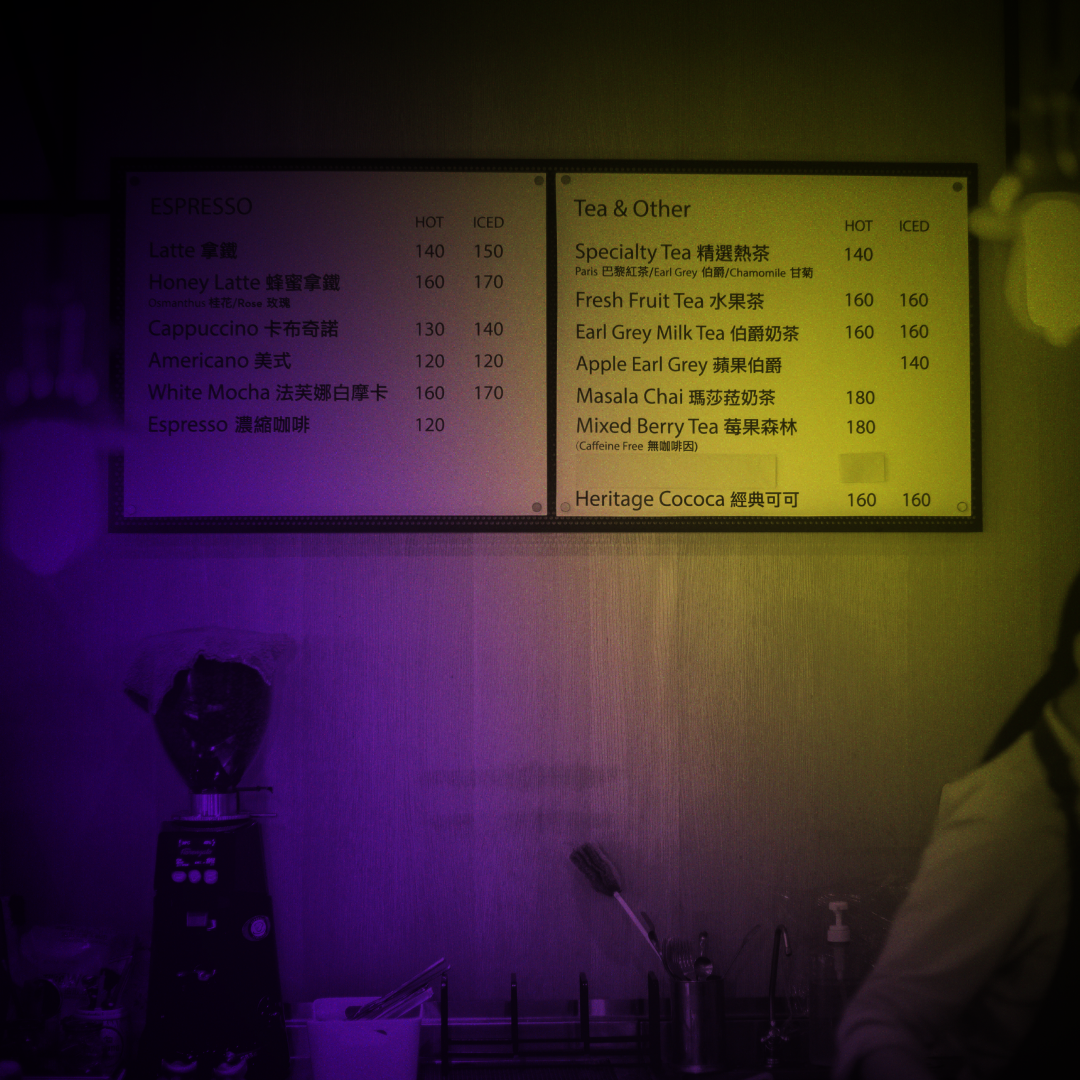As the COVID19 pandemic hit the Philippines, major restaurant brands responded by streamlining their menu size. Jollibee cut dozens of items as part of ongoing efforts to increase efficiency and boost profits.
Although some restaurants intend to expand their menu in the future, others say their limited menus are here to stay. Learn how a smaller menu can lead to larger profits and improved customer experiences.
Benefits of a smaller menu
Small businesses often find it easier to manage smaller menus. However, in the aftermath of COVID-19, major chain stores have reduced their menus to satisfy investors and maintain profits. In Q3 2021, Jollibee went back to black after it’s business transformation.
In a survey conducted by the National Restaurant Association, shorter menus can not only reduce waste but contribute to labor savings costs, a trend that is likely to continue through 2022. Rick Camac, of the Institute of Culinary Education, has said that smaller and tighter menus are here to stay and doesn’t envisage large, multi-page menus returning in the near future.
The benefits of a smaller menu include:
- Easy to train new employees
- Faster cooking time
- Higher quality food
- Waste reduction
- Less inventory to manage
- Restaurant cost savings
How big should a menu be?
Although there is no definitive answer to the restaurant menu size question, many experts recommend using the Rule of 7, which is 7 or fewer items, per menu category. However, the average number of dishes on a restaurant menu is as diverse as the variety of restaurant concepts.
2020 was a unique year for some restaurants to cut their menus in half as a result, in short, menu sizes depend on the level of staff and take into account trends in the restaurant industry and the needs of your customers.
5 Ways how a smaller menu leads to profit
To make a restaurant profitable, you need to increase profits while cutting costs. The menu plays a role in both cases.
Restaurant owners use menu design methods to set prices. However, you can also adjust the menu to reflect seasonal changes or economic issues. Let’s explore the following ways to increase restaurant revenue by leveraging a smaller menu.
- Reduce Labor Costs
- Extensive menus can require a large kitchen team to quickly prepare a variety of dishes. Each addition to the menu increases the amount of time it takes to prepare ingredients, clean up, and prepare food.
- Removing items from menus helps reduce lead times, and in some cases, shifts with fewer staff. For example, with the right kitchen setup, one or two people can prepare the grill and fryer, and a third person can add cold or hot appetizers before sending the order out for delivery.
- Faster Staff Training Times
- Memorizing menus is not an easy task. Your staff must quickly master the specialties of popular dishes, but on rare occasions are puzzled by customer questions about the dishes they have ordered. Removing certain dishes from the menu can save training time and improve staff knowledge of food. Also, a smaller menu makes it easy for new hires to evaluate food and improve their ability on food preparation.
- Streamlines Stock Control and Cost
- Tracking inventory-preserving units (SKUs) becomes harder as you increase the menu objects and ingredients. By shortening your menu, you’ve got fewer SKUs to remember and reorder.
- Improving the customer experience
- Increasing the quality and consistency of meals and reducing preparation times makes customer satisfaction an easier game. The limited menu also avoids the paradox of choice that consumers often encounter. Delivery customers need options, but adding too much can overwhelm, dissatisfy, and even stress people out.
- A smaller menu could lead to:
- Reduce errors in the kitchen
- Higher quality and consistency
- Easier decisions
- Improved menu appearance
- Happy customers attract more customers by word of mouth. They recommend your brand online and leave positive reviews. Satisfied customers also become loyal fans, leading to repeat visits and increased sales
- Less time spent on administration
- For every minute you spend on administrative tasks, less time is spent on revenue-generating tasks. Smaller menus mean fewer meals, side dishes, and products are tracked in point of sale (POS) systems. It also saves time updating digital and print resources. For example, using a order aggregation system like klikit, can decrease the time you spend on third party delivery platforms, it’s management, and order processing.
Want to learn more about klikit? Message us or request a demo today!




